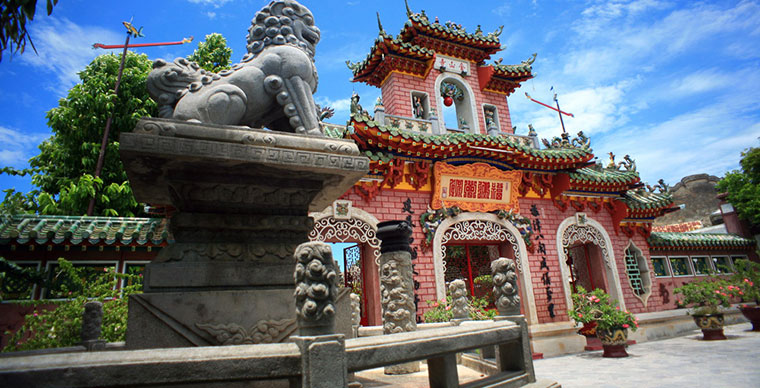
Phuc Kien temple or the Fujian Assembly Hall in Hoi An
- on Sep 8, 2019 By: Ngoc Nguyen
Hoi An, for a long time has been known as a timeless destination. You can walk around and enjoy all the ancient history and culture that is present here. As a major trading port in Southeast Asia from the 15th to the 19th century, Hoi An has preserved its legacy and tradition very well. Recognized by UNESCO as a world heritage site, this place is home to old merchant houses and assembly halls belonging to the various communities that lived in the city, including the Chinese. Phuc Kien temple or Fujian Assembly Hall is one of the halls belonging to the Chinese community, let's explore this special place.
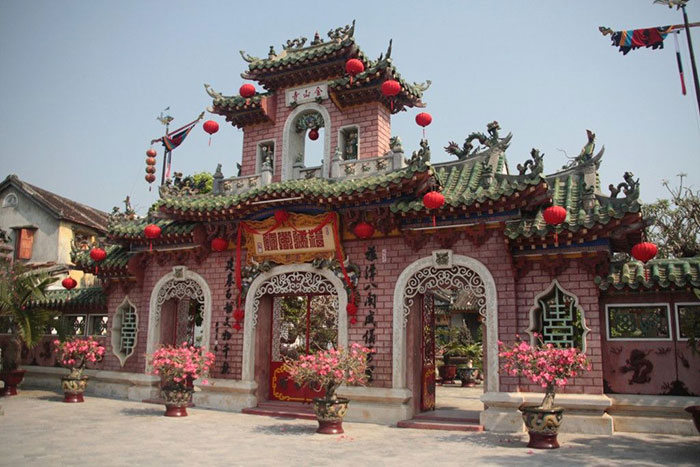
History of Phuc Kien temple
At first, Phuc Kien temple was a thatched pagoda called Kim Son built by the Vietnamese living in Hoi An in 1692 and was intended as a place to worship Buddha. The pagoda was destroyed by a powerful storm so in its place the Phuc Kien temple was built in 1697 by families from Fujian, China, who had settled down in Hoi An to continue their business. Originally, its function was to serve as a meeting place for them and was called the Assembly hall of the Fujian congregation. Phuc Kien temple was one of the five assembly halls belonging to the Chinese community of Hoi An. In order to unite and assist each other when they had problems the Chinese communities had established these as their meeting places.
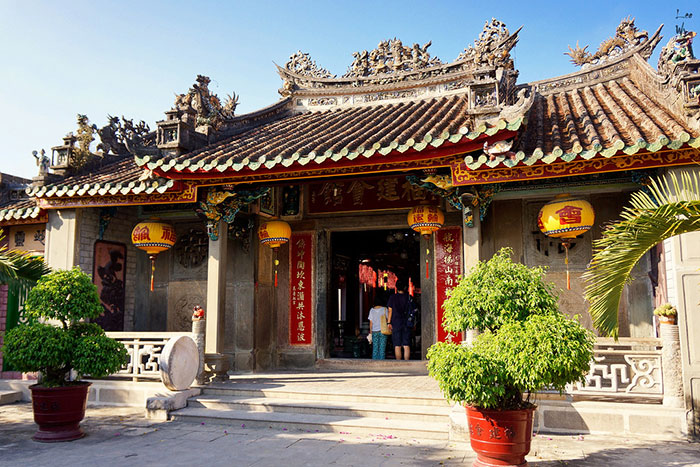
Phuc Kien temple is renowned for its beauty, splendour and majesty. It is a large space of unique architecture refined with Chinese styling and sacred characters. Only much later did the assembly hall of the Fujian congregation become Phuc Kien. The Phuc Kien temple was then dedicated to the goddess of the sea, Thien Hau, to attract the good gods of the sea since the Chinese traders of Fujian depended on the maritime trade. There are two protectors: Thien Ly Nhan, who has a green face whose sight carries thousands of miles and Thuan Phong Nhi, who has a red face and whose hearing spans a thousand places.
Architecture of Phuc Kien temple
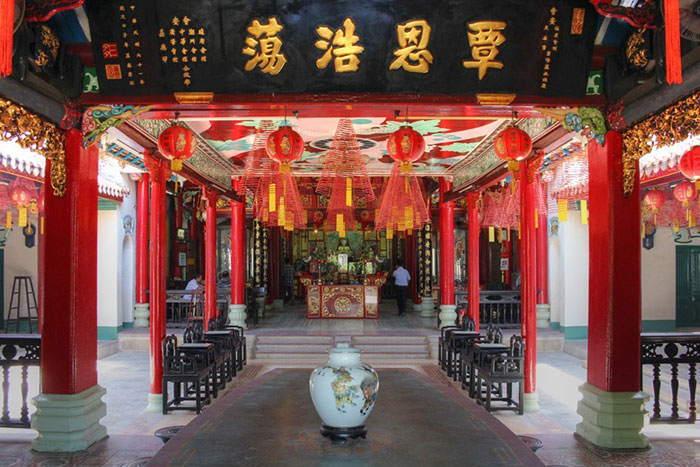
The grand portico of Phuc Kien temple cannot go unnoticed in the Hoi An ancient town. It will immediately catch tourist’s attention with its bright pink colour. The portico was inspired by the original architecture of the Vietnamese pagodas with the dragons symbolizing power. Then we enter a yard covered with statues, bonsai, bougainvillaea and small fountains. We continue to cross a second portico guarded by a horse and an eagle to the meeting room where a huge conference table is placed. Inside, visitors can explore different rooms and admire the depictions of the Chinese goddesses and Fujian's six mandarins who all settled in Hoi An. As you stroll through the temple you can feel the heady fragrance of the incense as it spirals hanging from the ceiling. You can also buy an incense spiral and make a wish by writing on a small note that will hang from the spiral.
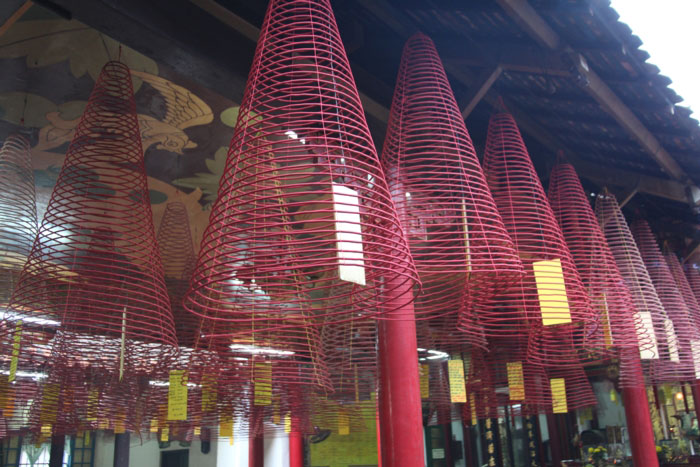
The design and architecture of the Fujian assembly hall contains many animal symbols. The mosaic fountain inside the first portico has a fish sculpture, a symbol of success. There are other animals such as dragons, unicorns, phoenix and turtles. All of these animals have different meanings in Chinese culture. The dragon is the symbol of power and the turtle symbolizes longevity while the unicorn embodies knowledge and the phoenix representing nobility.
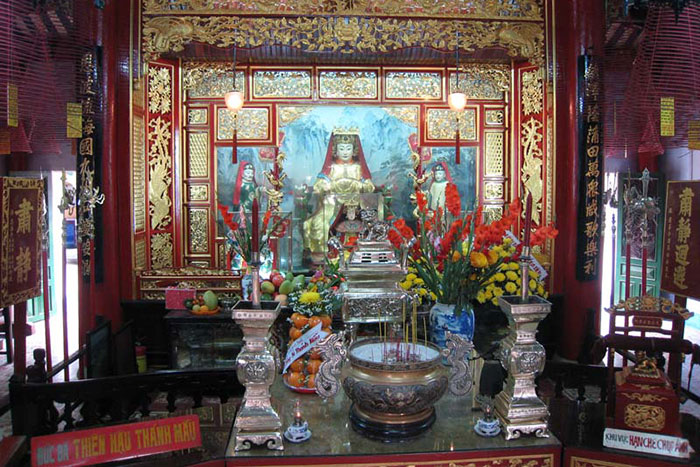
In the backyard you can admire three beautiful altars. One is devoted to the three Lords of Fertility with twelve celestial midwives, one for each month of the year who watch over the development of each foetus and child teaching them how to behave. The other is devoted to the god of fortune and the last is the altar of the Fujian ancestors.
If you have the opportunity do not miss the annual festival dedicated to the six ancestors on the 16th day of the second lunar month. A striking sight that highlights the strong attachment of the local population to ancestral traditions.
Address: 46 Tran Phu Street, Hoi An
Opening hours: 8h30 to 17h30 every day
Related articles:
>> Tra Que Vegetable Village, destination of choice in Hoi An
>> Hoi An: A timeless town in the heart of Central Vietnam
>> Ha My, a beach in Hoi An in the top most beautiful beaches in Asia
>> Top 7 things to do in Hoi An
>> Chaozhou Hall: A place to visit in Hoi An
>> Lantern making in Hoi An: a preserved tradition in this charming city
 Español
Español Français
Français







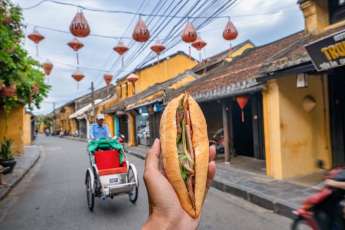
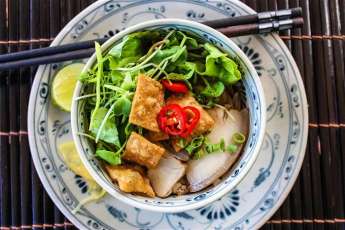
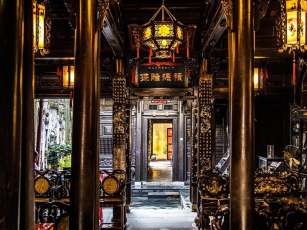
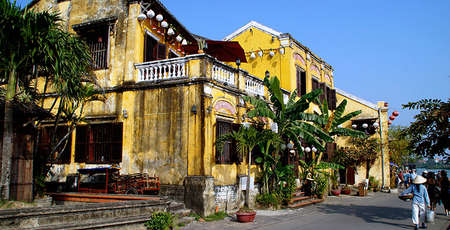
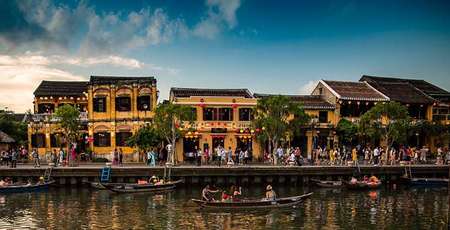
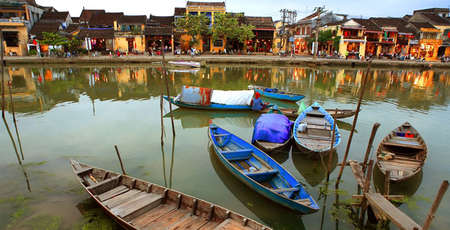







TraZefUK
on Nov 28, 2025HerbertPhomaMS
on Oct 19, 2025Lilyan Cuttler
on Oct 15, 2025Avenue17XC
on Sep 14, 2025Avenue18JL
on Jul 21, 2025